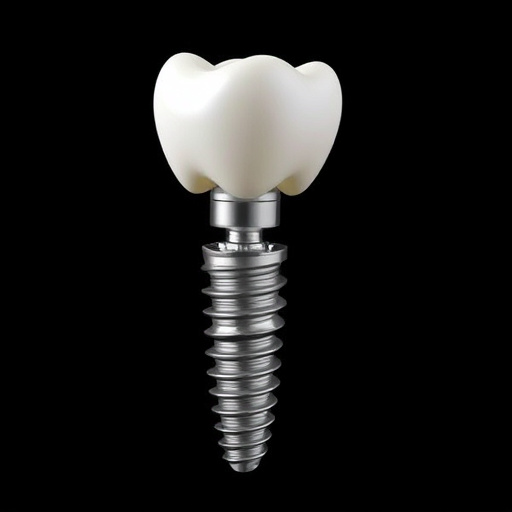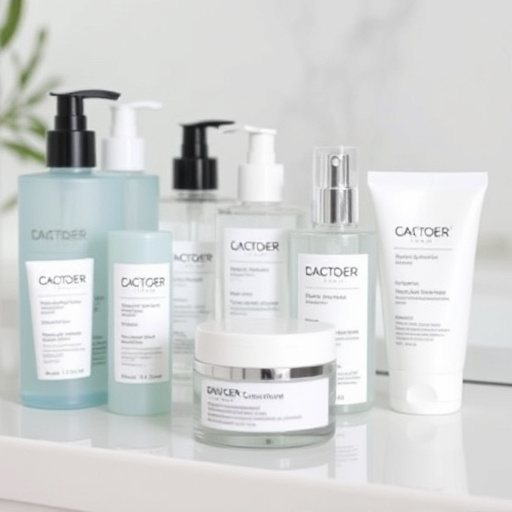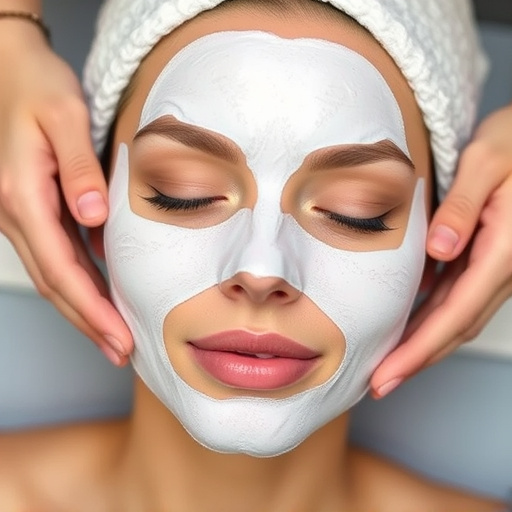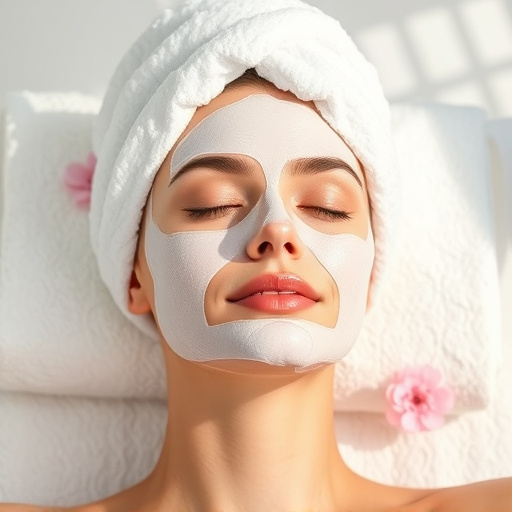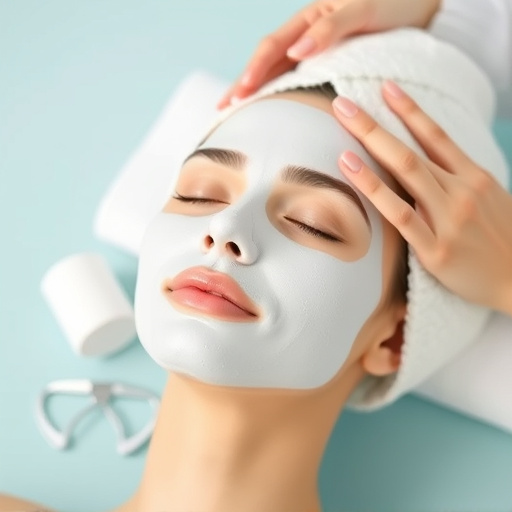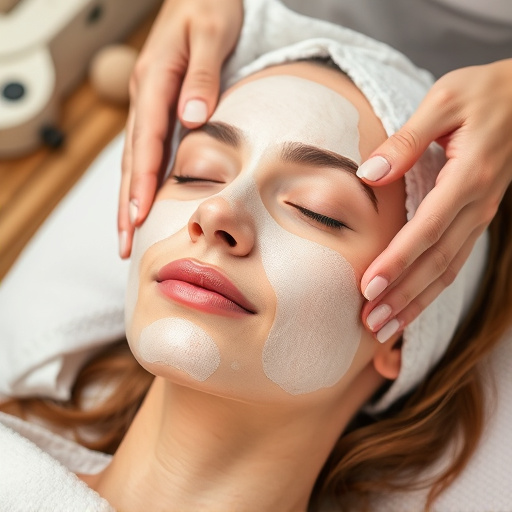Understanding your skin type is crucial before starting any skincare routine, especially mattifying treatments. Different types have distinct needs: combination skin requires balancing acts, oily skin needs shine control, and dry skin craves hydration. Customized regimens include gentle cleansers and lightweight moisturizers for combo skin, deep cleaning for oil, and hydrating ingredients for dryness. Frequency varies based on skin type and goals—oily/combo skin benefits from bi-monthly sessions, while anti-aging focuses on monthly deeper treatments. Incorporating mattifying products with consistent application can dramatically improve oily/combo skin. Choose ingredients like silicones or zinc oxide, combine with non-surgical treatments like microneedling for enhanced results.
Unsure how often to indulge in a mattifying facial treatment? This comprehensive guide is your skin care companion. We’ll walk you through understanding your unique skin type and needs, so you can determine the perfect frequency for your mattifying rituals. Learn the art of incorporating these treatments into your existing routine effectively, leaving your skin glowing and controlled throughout the day. Discover expert tips and tricks to optimize results with minimal effort.
- Understanding Your Skin Type and Needs
- Determining the Optimal Frequency for Mattifying Treatments
- Incorporating Mattification into Your Skincare Routine Effectively
Understanding Your Skin Type and Needs

Understanding your skin type and its specific needs is a crucial step before incorporating any skincare routine, including mattifying facial treatments. Different skin types have varying levels of oil production, sensitivity, and overall health. For instance, those with combination skin might experience oiliness in certain areas, such as the T-zone (forehead, nose, and chin), while other parts remain drier. In contrast, oily skin tends to be more susceptible to shine and acne, requiring treatments that balance moisture and control excess sebum. On the other hand, dry skin needs hydration and nourishment to restore its barrier function.
Identifying your skin type allows you to tailor your mattifying treatment regimen accordingly. For example, if you have combination skin, a gentle yet effective cleanser followed by a lightweight, oil-controlling moisturizer and a mattifying primer can help balance your complexion. Individuals with oily skin might benefit from deep cleaning masks and exfoliants to unclog pores, while those with dry skin may require a more hydrating approach, incorporating ingredients like hyaluronic acid or ceramides into their mattifying routine to achieve both smoothness and a matte finish without stripping away essential moisture.
Determining the Optimal Frequency for Mattifying Treatments

The frequency of mattifying facial treatments depends on your skin type, lifestyle, and specific concerns. For those with oily or combination skin, a regular routine of mattifying facials every 2-3 weeks can help control shine and prevent pores from clogging. This interval allows for effective oil management while giving your skin time to recover and rejuvenate between sessions.
However, individuals focused on anti-aging treatments or skin brightening might opt for less frequent visits, around once a month. These treatments often involve more intense procedures like chemical peels or microdermabrasion, which can be beneficial for pore refinement. Skipping a few weeks between sessions ensures your skin has adequate time to heal and minimizes the risk of sensitivity or irritation. Remember, consistency is key; finding the right balance will help maintain a clear, even complexion over time.
Incorporating Mattification into Your Skincare Routine Effectively

Incorporating a mattifying facial treatment into your skincare routine can significantly enhance your overall beauty regimen, especially for those dealing with oily or combination skin types. The key to effective mattification lies in understanding your skin’s needs and choosing the right products. Start by identifying the primary concerns; is it excess oil, shine, or a combination of both? This will guide you towards selecting the most suitable mattifying ingredients like silicones, zinc oxide, or talc.
In terms of application, consistency is key. Most dermatologists recommend applying a thin layer of a mattifying product as the final step in your morning and evening routines. Using it solely during specific periods of high oil production, such as after workouts, can be an efficient strategy. Additionally, consider incorporating non-surgical treatments like microneedling therapy into your professional skincare regimen, which can improve skin texture and absorption of mattifying products. This dual approach ensures a well-balanced, effective solution for maintaining a matte, flawless complexion throughout the day.
A balanced skincare routine that incorporates a mattifying facial treatment every 2-3 days is generally recommended for those with combination or oily skin. However, understanding your skin’s unique needs and adjusting the frequency accordingly is vital. By effectively integrating a mattifying product into your daily regimen, you can help control shine, minimize pores, and achieve a matte, balanced complexion without over-drying your skin. Regularly assess your skin’s response to ensure optimal results with minimal irritation.
